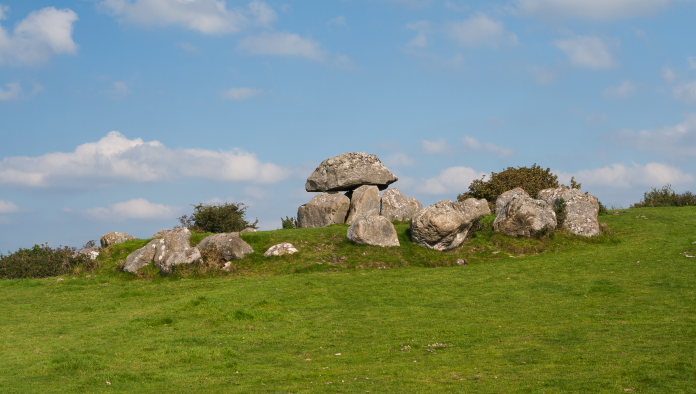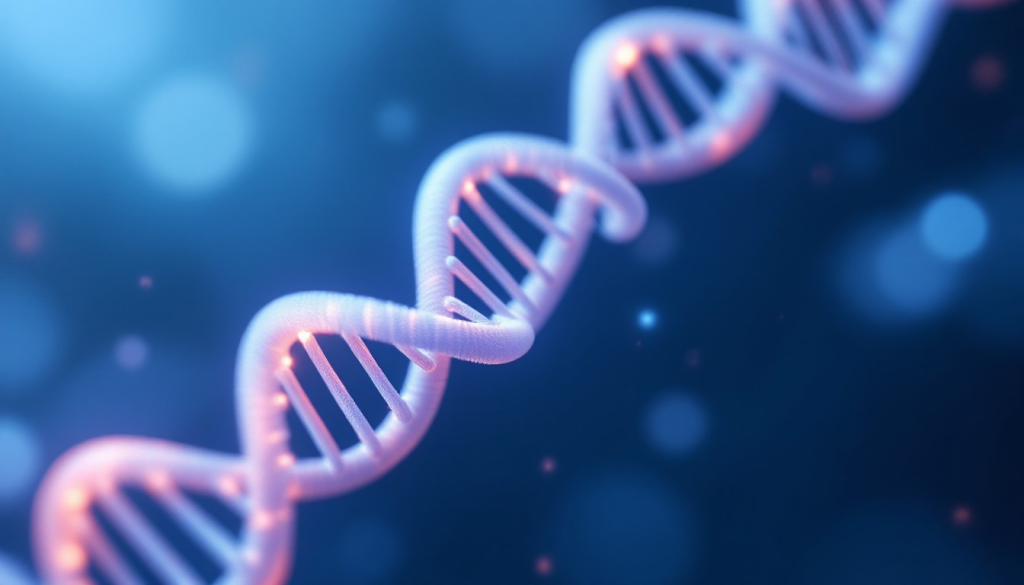
What if the lines between early human species were more permeable than previously thought? The identification of a single bone fragment in Siberia’s Denisova Cave has turned our assumptions on their head, telling a tale of unity, not division. In 2018, scientists reported the excavation of a teenage girl code-named Denny who was genetically divided down the middle between two extinct human groups: Neanderthals and Denisovans. This revelation didn’t just fill a gap in the fossil record; it forced a reimagining of the human family tree. What follows is a journey through the most captivating aspects of Denny’s discovery and its ripple effects across paleoanthropology and genetics. Expect to find blurred species lines, cutting-edge DNA techniques, and a fresh understanding of how ancient encounters still shape us today.

1. The First-Generation Hybrid: Denny’s Astonishing Ancestry
When scientists at the Max Planck Institute decoded the DNA from a 2-centimeter piece of bone, they found a genetic makeup divided exactly 50-50 between Neanderthal and Denisovan. According to Nature, “the genome of the offspring of a Neanderthal mother and a Denisovan father” was a first in the fossil record (the genome of the offspring of a Denisovan father and a Neanderthal mother). Even more astounding, Denny’s Denisovan parent had Neanderthal traces of ancestry, suggesting earlier interbreeding episodes. This discovery dispelled the idea that ancient human kinds existed in segregation, instead uncovering a trend of contact and genetic flow.

2. Denisova Cave: A Prehistoric Crossroads
The Denisova Cave in southern Siberia has produced fossils from three different human kinds: Neanderthals, Denisovans, and Homo sapiens. The unusual preservation conditions of the cave dry and cool have preserved ancient DNA for tens of thousands of years (Denisova Cave in Siberia).
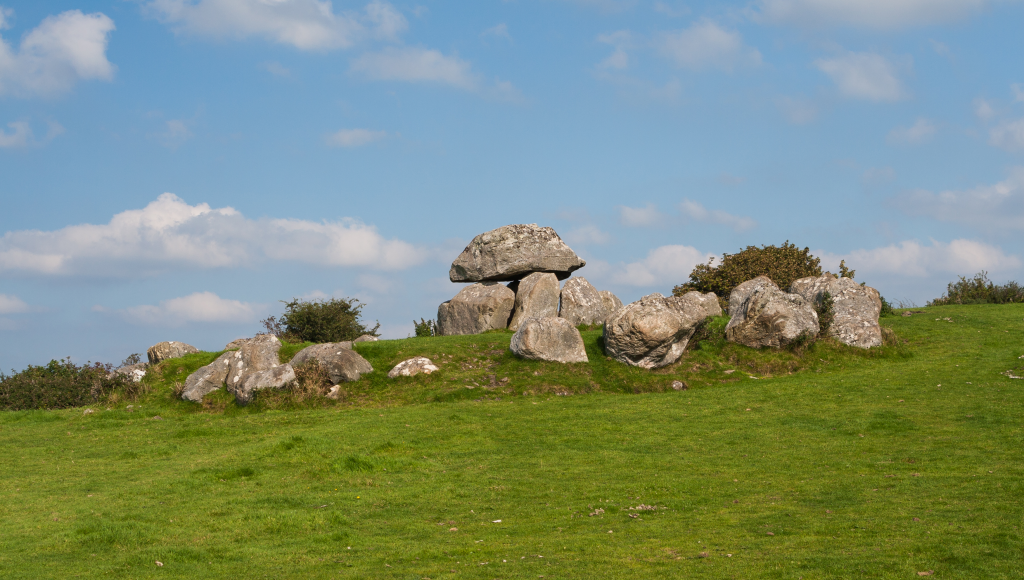
As Oxford University’s Tom Higham explained, “It is cool inside, so DNA in bones does not disintegrate too badly.” In addition to its fossils, the significance of the cave also comes from it being a probable meeting place on the border of Neanderthal and Denisovan territories, thus a focus for interspecies interactions.
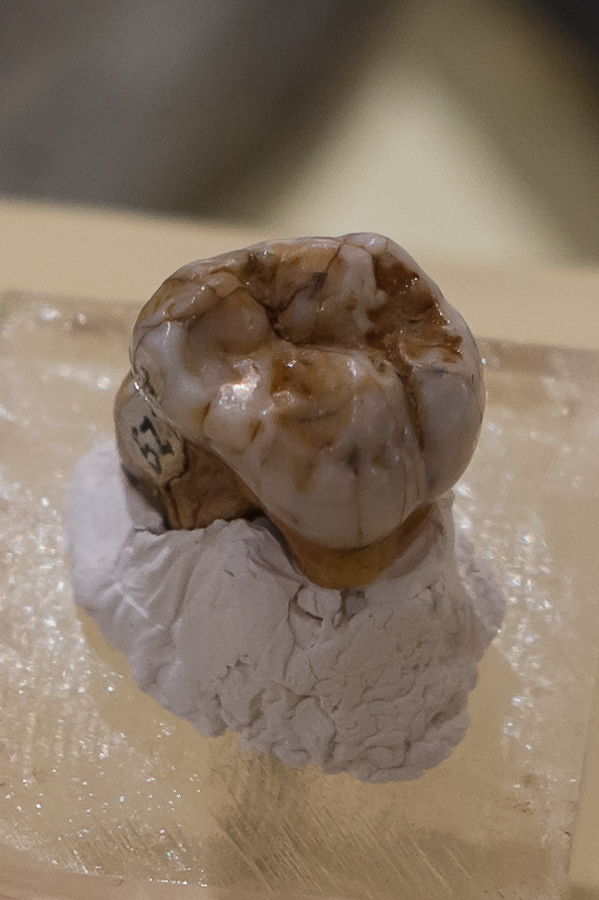
3. Blurred Boundaries: How Common Was Hybridization?
Although Denny’s case was previously regarded as an unusual exception, increasing genetic data indicate that interbreeding between archaic humans was more common than initially believed. Contemporary populations in Southeast Asia and Oceania retain as much as 5% Denisovan DNA, while non-Africans globally possess 1–4% Neanderthal ancestry (Oceanians possess far more Denisovan ancestry (up to 5%)). This genetic heritage indicates a complex network of interactions with admixture events structuring the genomes of modern humans. As Max Planck Institute’s Katerina Douka described, “All three species interbred, we now know, and a key aim of the study is to help understand these complex bondings.”

4. Ancient DNA: Unlocking Secrets from Tiny Fragments
DNA extraction from ancient remains is a feat of technical sophistication, needing careful protocols to preclude contamination and achieve optimal yield. Recent methodologies like the Zooarchaeology by Mass Spectrometry (ZooMS) technique have made it possible for scientists to demarcate hominin remains from a thousand bone fragments by decoding collagen signatures (Zooarchaeology by mass spectrometry – ZooMs). These techniques have changed the game, enabling researchers to reconstruct genomes from remains that would otherwise be impossible to identify. This means that even the tiniest sliver of bone now can rewrite evolutionary history.
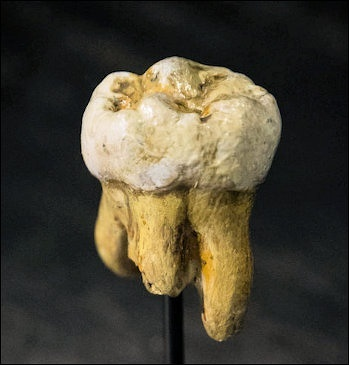
5. The mystery of Denisovan: A species known by its genes
Although they have had a genetic impact, Denisovans are one of the enigmatic species. Only a small number of fossils primarily teeth and pieces of bone have been discovered, and these can fit inside a packet of cigarettes. Only small pieces of bone and teeth have ever been found. Yet, their DNA has been detected in modern populations from Papua New Guinea to Tibet, and even contributed the gene that enables Tibetans to thrive at high altitudes. The lack of a complete Denisovan skeleton means that much of what is known about them comes from genetic rather than anatomical evidence, making them a species defined more by sequence than by skull.
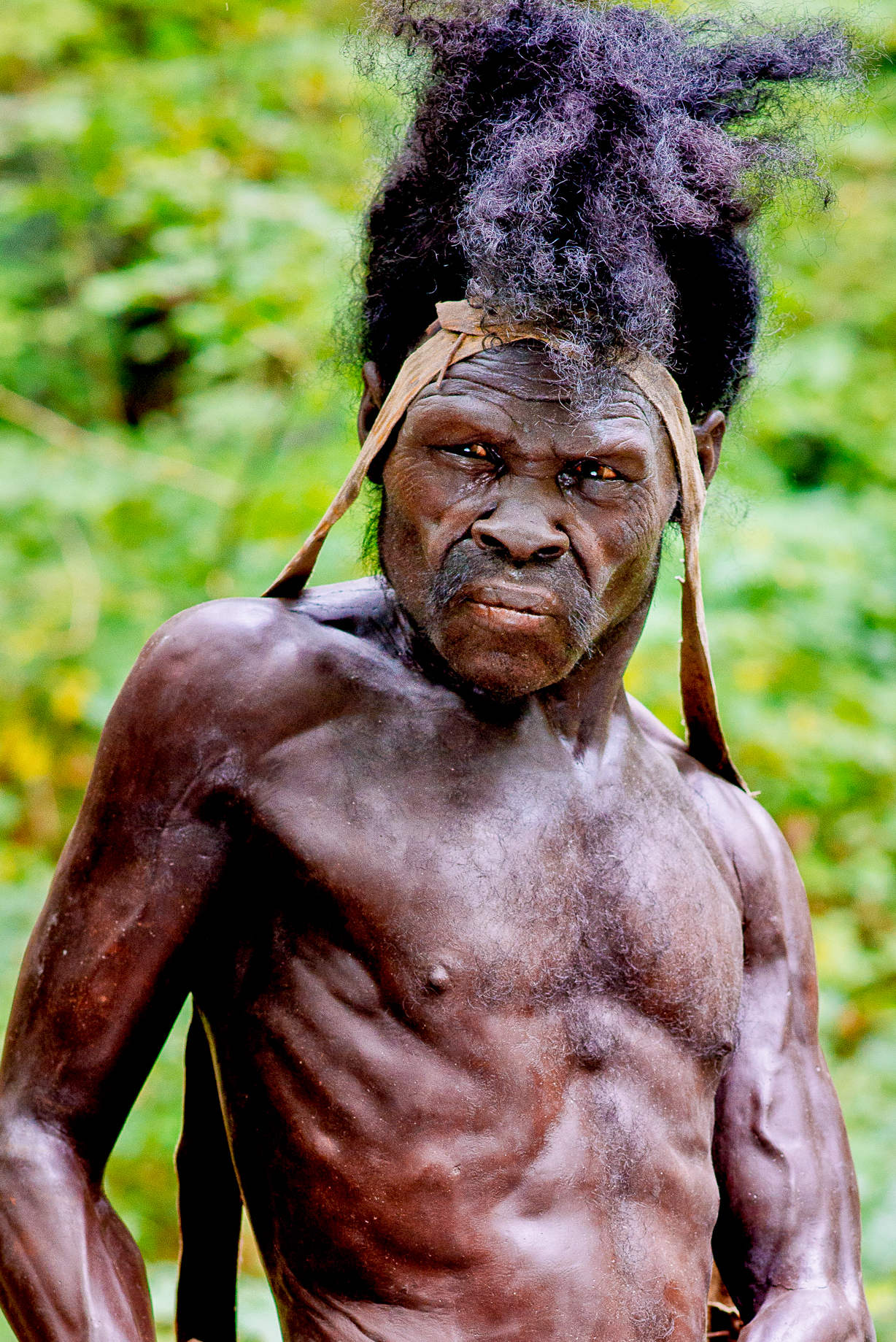
6. The Legacy Within: How Archaic DNA Shapes Modern Humans
Neanderthal and Denisovan genetic inputs are not just leftovers these shape modern traits. Research has demonstrated that archaic DNA impinges on immune function, skin and hair traits, as well as adaptations like survival at high altitudes (modern humans possessing Denisovan DNA may be better off). For instance, the EPAS1 gene variant passed on from Denisovans makes ethnic Sherpas breathe freely in the Himalayas’ thin atmosphere. As one 2021 review in Current Opinion in Immunology pointed out, “archaic introgression has influenced human immune functions, lending evidence to the idea that ancient admixture promoted genetic adaptation.”

7. Rethinking Human Evolution: A Braided River, Not a Tree
Denny’s tale defies conventional thinking about human evolution as a straight-line process. Rather, the proof leads to a braided river, with lineages splitting apart, coming back together, and swapping genes for thousands of generations. The finding of a first-generation hybrid is a strong reminder that species boundaries were not hard and fast but were influenced by migration, climate, and encounter. As Svante Pääbo, who directed the genetic study, put it in Nature, “If you had asked me beforehand, I would have said we will never find this, it is like finding a needle in a haystack.”
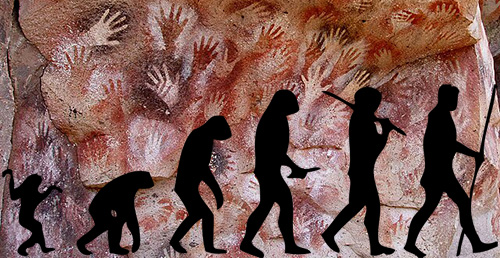
Denny’s life is more than a scientific anomaly it is a confirmation of the uncertainty and contingency of human history. Her mixed genome, saved against the odds, challenges us to redefine what it is to be human. In the dance of genes and circumstance, Denny’s story is not merely one of the past, but of the shared heritage which continues in all of us.
